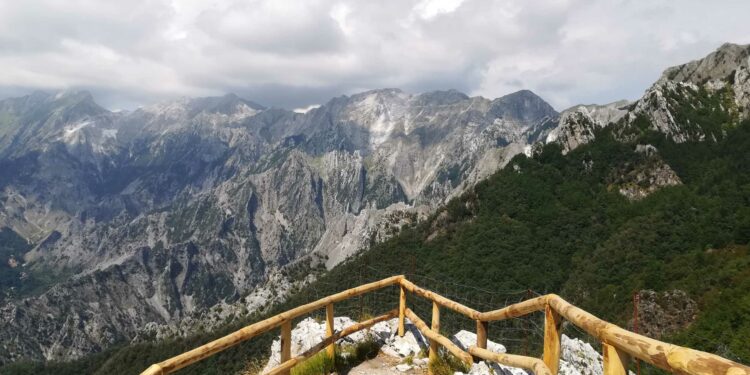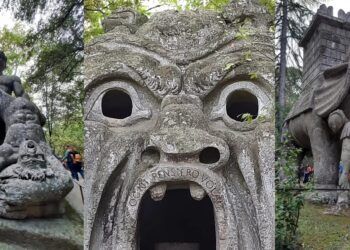The “Pellegrini-Ansaldi” Apuan Alps Botanical Garden is a natural space located in the Apuan Alps region of Tuscany, Italy. It is a botanical garden specialized in the conservation and study of alpine flora, in particular of the Apuan Alps. This place is dedicated to research, education and awareness of the native plants of this mountainous region.
This botanical garden is known for the following characteristics:
- Plant diversity: The garden hosts a wide range of plant species which are typical of the Apuan Alps. This includes a variety of alpine plants, many of which may be hard to find elsewhere.
- Conservation: One of the main objectives of the botanical garden is the conservation of native plant species, some of which may be endangered or threatened.
- Education and Research: The botanical garden also serves as an educational resource for students, researchers and the interested public. You can expect to find plant, habitat, and conservation information.
How to visit
Here are some general indications on how to visit the “Pellegrini-Ansaldi” Botanical Garden of the Apuan Alps:
- Opening hours: Check the opening hours of the botanical garden in advance, as they may vary according to the seasons or current events.
- Guided Tours: Often, the garden offers guided tours that provide in-depth information on local flora and conservation activities. These tours can enrich your experience.
- Respect the rules: During your visit, respect the rules of the garden, such as not picking plants or damaging the surrounding environment.
Recommended periods
The Botanical Garden could be visited throughout the year, but the recommended periods depend on your climatic preferences and seasonal activities. Spring and summer could be ideal for admiring the flowering of alpine plants, while autumn could offer suggestive colours. Check the weather forecast before your visit.
As always, to get the most accurate and up-to-date information, we recommend that you contact the Botanical Garden directly or consult their official website.
Photo by Helena DAVID from GoogleMaps.











Discussion about this post